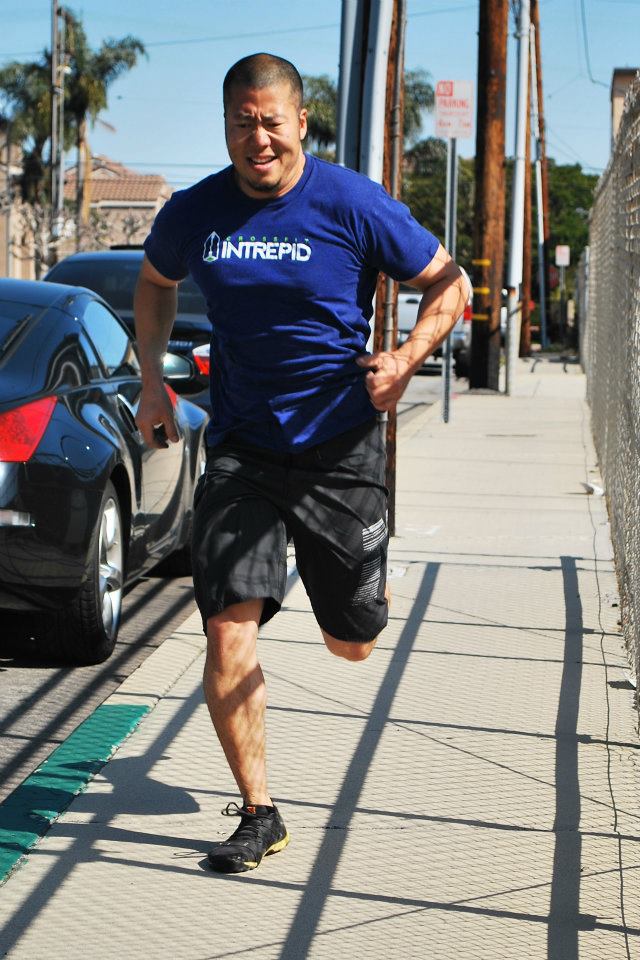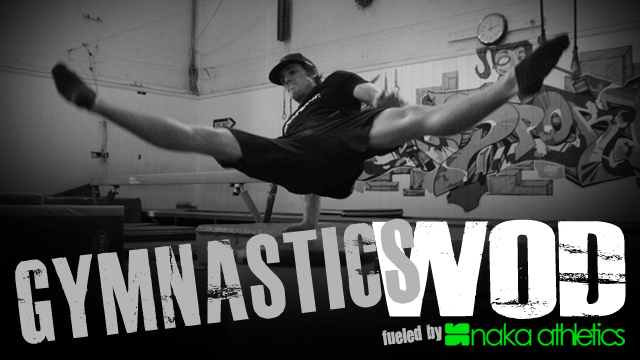9
May / 12
Shin Splints Revisited
Categories: Recovery, Workout of the Day
posted by: Sean
Shin splints can be a nagging injury and although Ruth has posted on it before, I’d like to revisit the topic since some of you are currently recovering from shin splint issues. According to Vonda Wright, M.D. in her article 7 tips to Beat Shin Splints, there are 3 major culprits in the onset of shin splints(her article is geared towards runners, but you’ll get the gist):
1. Too much medial foot pressure (ie: poor biomechanics): with each heel strike onto the central part of your heel, too much pressure is transferred towards your arch and medial column of your forefoot. If you are naturally “knock kneed” this is even worse. All this leads to altered internal rotation of the tibia and overwork/pressure on the front of your leg and therefore pain.
2. Too little lower leg strength (ie: you’re weak): Runners pay too little attention to the strength of the muscles in their lower legs! A weak posterior tibialis (the muscle responsible for supporting the medial column of your foot) leads to early fatigue and over pronation. Anterior tibialis and gastroc weakness also contribute to early fatigue and worse mechanics.
3. Too much activity, too soon, with too much intensity
After analyzing the typical causes of shin splints, let’s see what can be done to get yourself back to 100% if you’re currently dealing with shin splints (I’m addressing some of my 6pm ladies) or get shin splints in the future? Dr. Wright’s first point addresses poor biomechanics during running, or really any plyometric movement. We don’t want your knees and ankles rolling inward when we squat let alone if we are running and jumping where the force upon our bodies can reach upwards of 2-3x your body weight. Her second point can be addressed with our strength training, but also refer back to Ruth’s “Shin Splints” post from 2009 and get to work on drawing the alphabet with your toes. This activity will help to strengthen and improve the mobility in some of the muscles surrounding your ankles. Dr. Wright’s third and final point is something that we can address with scaling workouts to find the happy medium to challenge your conditioning without over-doing it and causing your shin splints to continually flare up. If they become painful grab an ice cup from the office freezer and spend some time ice masssaging your tender areas. This will reduce inflammation, reduce pain, and expedite the recovery process.
Your best bet is to attack shin splints from all three angles to really expedite your recovery. Also, check out MobilityWOD.com founder Kelly Starrett’s advice in the video below:
WOD 5.09.12
Back Squat 3×5/Wendler
Turkish Get-Up 2-2-2


 310.465.6565 |
310.465.6565 |

























1 Response to “Shin Splints Revisited”
Brady
May 9, 2012 at 1:34 PM
Pretty badass TGU form:
http://www.youtube.com/watch?v=2dx2rM1FSgE&feature=related